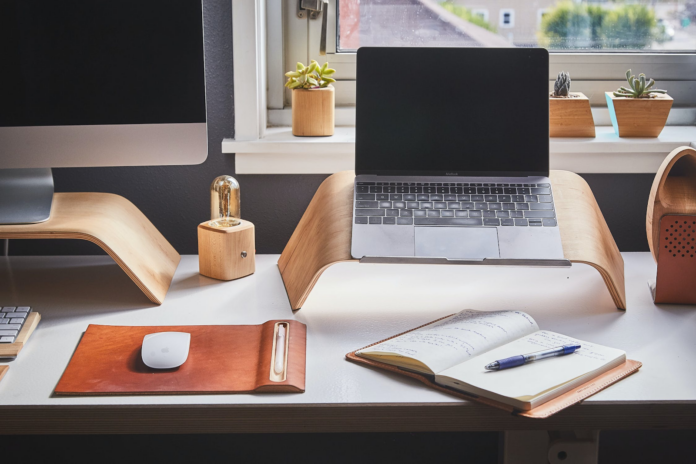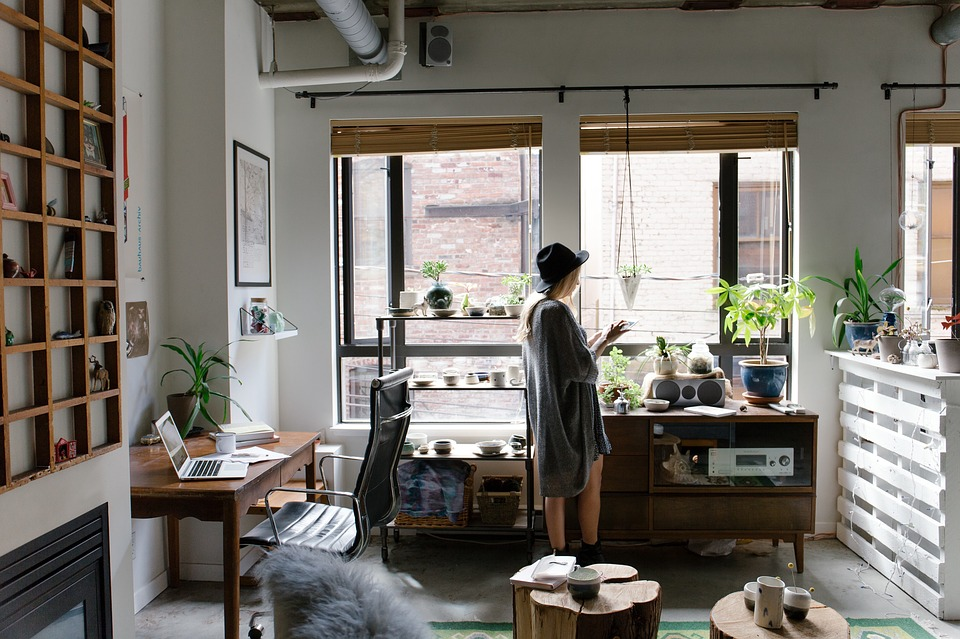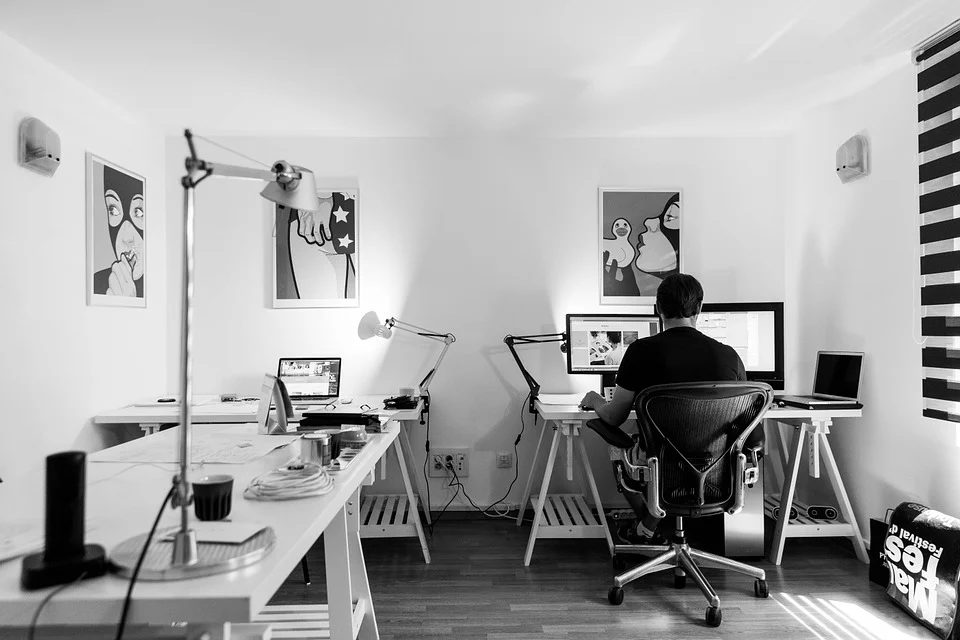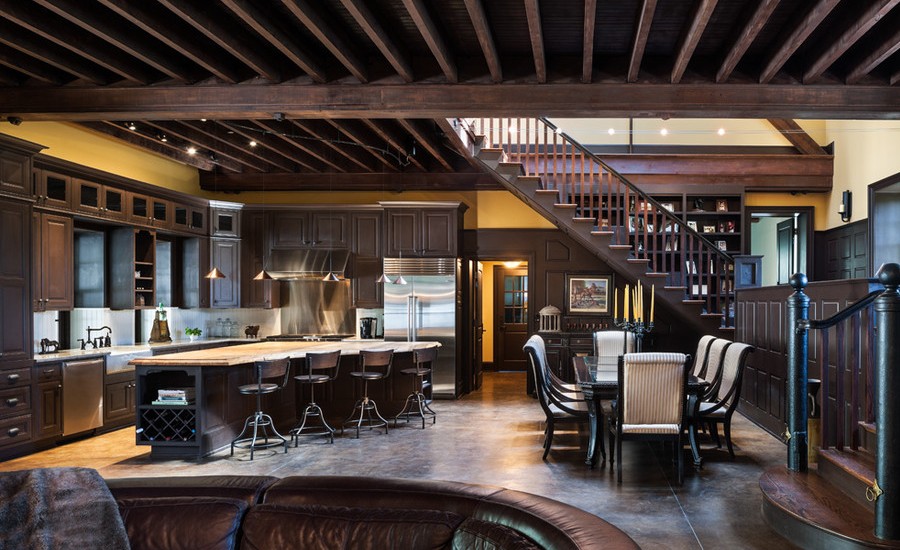Home offices are becoming a new reality for many professionals around the world. With more and more people working from home out of necessity, companies are slowly realizing that they can cut costs without losing much in terms of efficiency.
In fact, some industries have experienced a boost in efficiency as their workforce moved to remote positions. Working from home, as convenient as it is, brings its own set of problems. For one, you need to create your own workspace. Today we’ll try to give you 6 solid design tips on how to get this done the right way.
1. Choose the Right Room
Before you can even start working on a room, it has to meet a few criteria. Work from home still works. You’ll need your peace and quiet, both of which are necessary for a distraction-free environment. It’s important that you choose a room that is somewhat segregated from the rest of the house.
The best way to know which room to get is to define your main source of the noise. Usually, it comes down to a loud family or a loud street. It’s easier to deal with the former as you can usually draw some lines in the sand and set boundaries when it comes to your availability during work hours. Isolating yourself from a loud street can be tricky, especially if you only have one or two options for a home office.
2. Start from the Basics
Whenever we’re designing the interior of a room or space, we’re gravitating towards fulfilling aesthetic wants instead of functional needs. The core of every office is a quality chair and a good desk. You’ve got a few options here and a few requirements that need to be met. Modern office work requires a lot of sitting. As it turns out, we’re not built to sit down all day. In fact, prolonged sitting can cause all kinds of health issues, some more serious than others. Experts over at vestraworkspace.com.au/expertise/fitout/ argue that choosing the right chair can both increase your productivity and save you from trouble down the road. The same goes for desks.
Although the criteria for desks aren’t as strict as it is for chairs since we don’t usually sit on them, they still matter. You’ll want a desk that gives you enough space for your computer, materials, and tools necessary to do your job. Furthermore, you’ll want a desk that fits your sitting position. Going with an adjustable height desk is often the varsity move.
3. Natural Light vs Artificial Light
Natural light matters. Even if your home office has a bunch of lamps in it, nothing can compensate for natural light. We simply react differently to light that comes from a natural source. In addition, to be much easier on the eyes, having plenty of natural light reduces fatigue. Your eyes won’t have a hard time maintaining focus. That being said, if you’re working in the evenings, it’s equally important to have enough artificial light. One thing to note here is that different temperatures of light have different effects on our attention and overall ability to work.
After several case studies and various research done on the subject, scientists have concluded that bright white light that sits between 4,000K and 5,000K works best for home offices and workspaces in general. This temperature of light is counterintuitive to what most people think is a good choice – the warm yellow temperature.
4. Add a Touch of Green
When you’re working from home, you’re working in a small room that wasn’t really designed to be an office. Setting that room up with a few creature comforts will definitely make your stay there more comfortable. One of the best things you can treat yourself with is a plant. It doesn’t have to be a large plant or one that is complicated to maintain. All it has to do is be green. Adding a touch of green to your home office has the power to take the edge off and make your workspace less clinical.
5. Be Smart With Your Storage
Storage is always an issue, especially with home offices. In a regular office that belongs to your company, storage isn’t really something you have to think of. That being said, different industries have different storage demands. If your work is mostly digital, chances are you won’t have an issue sorting out whatever accessories and materials you need for work. The only thing to keep in mind is that sometimes things add up. One paper here, another one there, and you’re looking at a stack of paper sitting on your desk, taking up precious space.
If your home office is small, and you’re lacking storage space, think vertical. There are storage options out there that will allow you to store things out of sight without the need for bulky filing cabinets or similar traditional furniture.
6. Make Your Office Truly Your Own
Last but not least, make sure to make your office truly your own. Don’t copy a design from a magazine simply because “that’s what an office should look like”. Instead, give your home office a personal touch. Express your professional side through this room. Not only will this make the office a place you’ll want to spend time in, but it will also help you turn a new page.
Start with finding a color that works. Something that is both professional and in line with your taste. Don’t go too casual. After all, your home office is a place where you work. That being said, a hint of casual is always welcome. It adds flavor.
Let the Office Grow With You
Last but not least, remember to grow your office along with your career. Tally up your achievements, hang your awards and diplomas, post pictures from your recent professional gatherings on the walls. Make the office an organic place that grows with you.
If the time comes to move back to an office building, you’ll be able to hang on to a bunch of awesome memories in a room that will always be special. And remember – your home office is your space. Treat it as such.




















